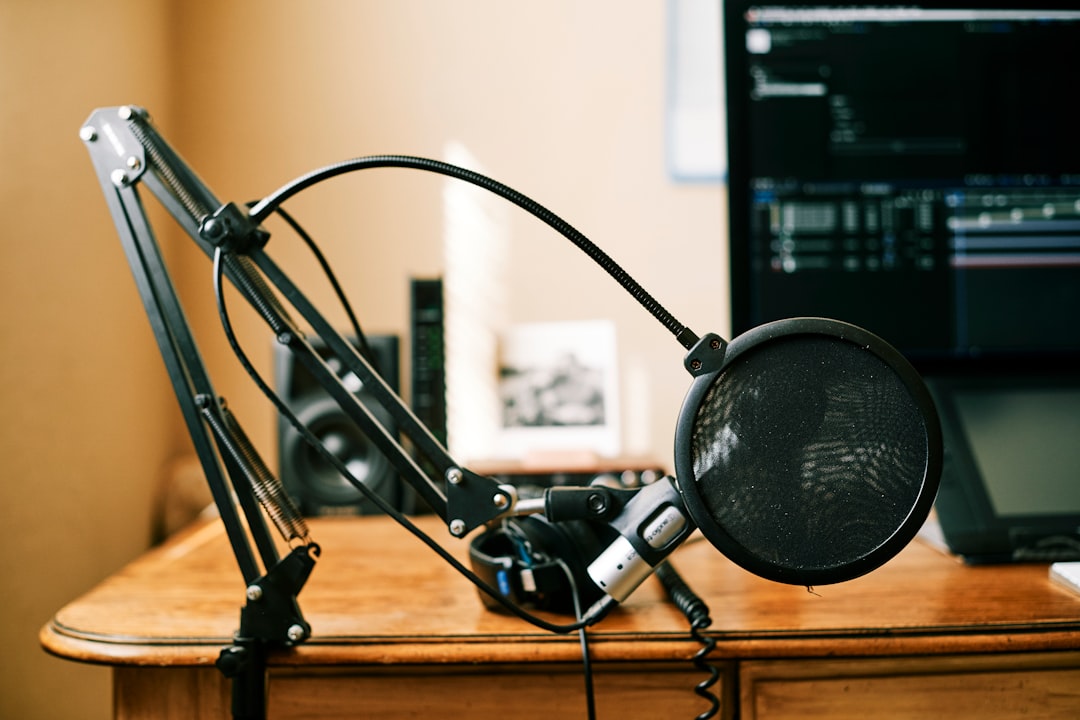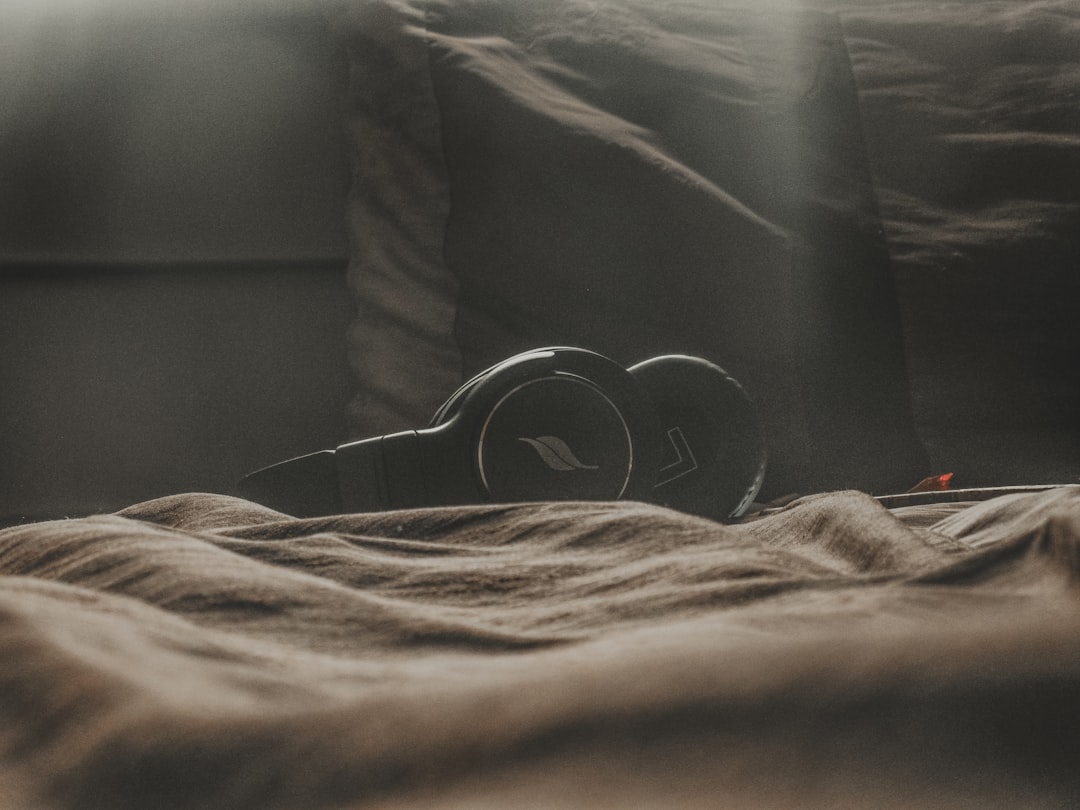The Best Practices I Follow for Protecting My Hearing While Listening.
The Best Practices I Follow for Protecting My Hearing While Listening.
In a world saturated with sound, from the gentle hum of everyday life to the immersive escape of music or podcasts, our ears are constantly at work. For me, listening isn’t just a passive activity; it’s a cherished part of my daily routine, whether I’m diving into an audiobook, enjoying my favorite band, or catching up on the news. However, this constant exposure also comes with a responsibility: protecting one of my most vital senses. I’ve learned through experience and research that safeguarding my hearing isn’t about avoiding sound, but about engaging with it mindfully. This isn’t just about preventing future problems; it’s about maintaining the quality of my listening experience today and for decades to come. Here, I’m sharing the specific, actionable practices I’ve integrated into my life to ensure I can keep enjoying the soundscape around me without compromise.
My Personal Volume Control Discipline: The 60/60 Rule and Beyond
The most fundamental practice I adhere to for protecting my hearing while listening is a strict, personal volume control discipline. It all starts with the widely recognized 60/60 rule, but I’ve adapted it to fit my lifestyle and added layers of caution. The core principle is simple: I aim to listen at no more than 60% of my device’s maximum volume, and for no longer than 60 minutes at a stretch. This isn’t just a guideline for me; it’s a non-negotiable habit. I’ve found that most modern devices, be it my smartphone, tablet, or computer, have a volume slider that makes this easy to eyeball. If I’m in a particularly noisy environment, I resist the urge to crank it up past this threshold, opting instead for better noise-isolating headphones (more on that later) or simply choosing to listen later.
Why I Stick to My Volume Limit
- Preventing Acoustic Trauma: My primary motivation is to avoid sudden, intense sound exposure that can immediately damage the delicate hair cells in my inner ear. Even short bursts of very loud noise can cause irreversible harm.
- Minimizing Cumulative Damage: It’s not just about single loud events. Prolonged exposure to moderately loud sounds (even below 85 decibels, which is roughly the sound of heavy city traffic) can gradually wear down hearing over time. My 60% rule keeps me well within safer limits for extended periods.
- Maintaining Sound Quality: Interestingly, I’ve found that listening at lower volumes often provides a richer, less fatiguing listening experience. When the volume is too high, details can get lost, and the sound becomes distorted or simply overwhelming.
- Awareness of My Surroundings: Keeping the volume moderate allows me to retain some awareness of my environment. This is crucial for safety, whether I’m walking near traffic or need to hear an announcement.
I also make a conscious effort to reset my volume. Whenever I plug in my headphones or start a new listening session, I always check the volume first. It’s a small habit, but it ensures I don’t accidentally blast my ears with a previously set high volume. This proactive check is a cornerstone of my understanding noise-induced hearing loss and preventing it.
My Strategic Selection of Listening Gear for Ear Protection
The type of headphones or earbuds I choose plays an enormous role in my hearing protection strategy. It’s not just about sound quality; it’s fundamentally about how safely and effectively that sound is delivered to my ears. I’ve moved past the idea that any old pair will do, investing instead in gear that actively supports my goal of long-term hearing health.
My go-to choice is almost always over-ear headphones with excellent passive noise isolation or active noise cancellation (ANC). These are truly game-changers. By effectively blocking out external noise, they eliminate the need to increase the volume to drown out distractions. This means I can enjoy my audio at much lower, safer decibel levels. For me, the investment in a good pair of ANC headphones has paid dividends in ear comfort and peace of mind.
Why My Gear Choices Are Deliberate
- Over-Ear vs. In-Ear: While I do use earbuds for convenience sometimes, I prioritize over-ear headphones for longer listening sessions. Over-ear models generally create a better seal, distributing sound more evenly and preventing sound leakage that often leads to volume increases. Earbuds, especially ill-fitting ones, can require higher volumes to compensate for ambient noise, and some designs place sound very close to the eardrum.
- Active Noise Cancellation (ANC): This technology is invaluable. When I’m on a plane, a busy train, or even in a noisy office, ANC dramatically reduces background sound. This allows me to keep my listening volume much lower than I would otherwise, directly protecting my ears from unnecessary strain.
- Comfort and Fit: A comfortable, snug fit is not just about comfort; it’s about sound delivery. A good seal, whether with over-ear cups or correctly sized earbud tips, ensures that the sound is directed efficiently into my ear canal, preventing sound from escaping and requiring me to turn up the volume. I’ve experimented with different earbud tip sizes to find the perfect fit.
- Awareness of Transparency Modes: Many modern headphones offer “transparency” or “ambient sound” modes. While useful for situational awareness, I use these judiciously. They essentially let external sounds in, and while beneficial for safety, I ensure the overall volume remains safe when I engage this feature.
Understanding choosing the right audio gear is crucial, and I make sure my choices align with my hearing health goals, not just audio fidelity.

My Structured Approach to Listening Breaks and Recovery
Just as any muscle needs rest after exertion, my ears need breaks from sound exposure. This isn’t just about turning down the volume; it’s about giving my auditory system a complete reprieve. My structured approach to listening breaks is as important as my volume control. I don’t just stop listening when I feel fatigued; I build regular, proactive pauses into my routine.




Post Comment